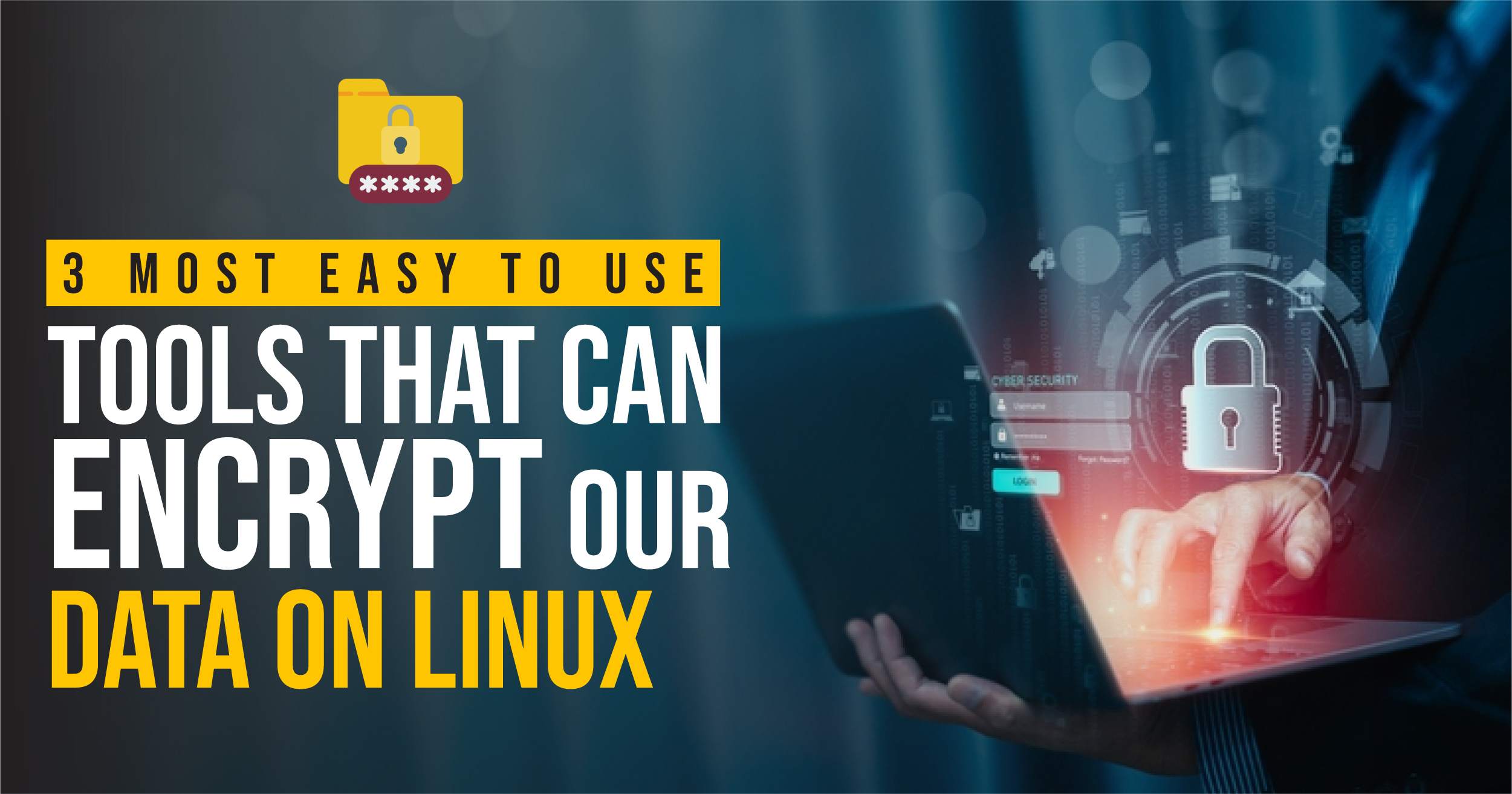
GNU Privacy Guard:-
GNU Privacy Guard (GnuPG) is an open-source version of Pretty Good Privacy (PGP). While the command line version can be run on several operating systems, most consumers prefer one of the dozens of frontends and graphic interfaces available, including official editions capable of encrypting everything from email to standard files to entire disks.
All GnuPG tools enable different encryption types and cyphers and can encrypt individual files, disk images and volumes, external devices, and associated media. A few of us nominated specific GnuPG front-ends in various threads. Those of us who nominated GnuPG praised it for being open source and accessible through dozens of different clients and tools, All of these can provide both file and other sorts of encryption, such as robust email encryption. The key, however, is finding a front end or a client that does what we need it to do and works well with our workflow. An all-in-one GnuPG solution that offers keychain management as well as file, email, and disk encryption for Linux
Whole disk encryption
Sometimes, it can just be easier to encrypt everything on your system. That way, there’s little need to worry about what files are stored where. Everything is protected, so long as our PC is off. Windows users may recall that VeraCrypt (also known as TrueCrypt) can encrypt drive partitions and whole disks. This can also be done on Linux, but most users will prefer to utilize the built-in disk encryption utility, dm-crypt. Dm-crypt and its utility cryptsetup are fairly basic and can be a little problematic on their own, as dm-crypt can only use one key. Most people choose to manage keys for encrypted devices using Linux Unified Key Setup (LUKS), which allows up to eight keys to be used with dm-crypt, ensuring that any key or passphrase supplied can unlock the disk. When using dm-crypt to encrypt a drive, a passphrase must be entered at boot time to unlock it. The minute we turn on our PC and unlock the disk, files on the system can be read as though it weren’t encrypted at all. If our laptop is stolen and we don’t have a screen lock enabled, someone could simply compromise our system as long as it has power.
Gnome Encfs Manager
Gnome Encfs Manager is a GUI tool for the venerable encfs file encryption system. It should be noted that there is a vulnerability with encfs that, should our systems be prone to attack, makes encfs not ideal for sensitive data. However, if our host system (or network) isn’t prone to attack, we should be good to go. Gnome Encfs Manager makes creating “stashes” easy. With just a few clicks, we can create and configure a hidden folder on our Linux directory. Options include mounting on boot, idle timeout locks, stash groups, and password changes. Gnome Encfs Manager can work only with encfs, so we won’t be decrypting containers from another system this is Linux only.

